LED PCB
LED PCB, or light-emitting diode printed circuit board, is the core component in LED lighting technology.
I. Definition and Structure
Definition: LED PCB refers to a circuit board that soldered light-emitting diodes LED onto a printed circuit board PCB and generates light through electrical connection. This circuit board not only achieves electrical connection of LED components, but also provides stable support and heat dissipation functions for them.
Structure: LED PCB is usually composed of multiple layers of materials, including insulating substrate, conductive circuit layer, solder mask layer, etc. Among them, the insulating substrate is used to support the entire circuit board, and the conductive line layer is responsible for connecting the LED components with other electronic components such as power supplies. In addition, in order to enhance the heat dissipation effect, the LED PCB may also use a metal core such as aluminum as the substrate material.

II. Operating Principle
The working principle of the LED PCB is based on the electroluminescent effect of light-emitting diodes. When the LED is in a forward working state, that is, a forward voltage is applied across the two ends, current flows from the anode to the cathode of the LED, causing an electronic transition in the p-n junction of the semiconductor crystal, thereby releasing light energy. In this process, the color and brightness of the light emitted by the LED depend on its internal semiconductor material and structure.

III. Application Fields
LED PCB has been widely used in many fields due to its advantages of high brightness, low power consumption, long life, etc.:
In the field of lighting, LED lights are one of the most common products using LED PCB. Whether it is home lighting, commercial lighting or outdoor lighting, LED lights have occupied a large market share. They not only have higher luminous efficiency and longer service life, but also have the characteristics of dimming and color change, which can meet the needs of different scenes.
Display field: LED display plays an important role in large-scale events such as sports events, concerts, exhibitions, etc. They can provide high-definition and high-brightness display effects, bringing a shocking visual experience to the audience. With the development of small-pitch LED technology, LED displays are becoming more widely used in surveillance, advertising, conferencing, and other fields.
In the field of electronic products, LED backlight has become the mainstream choice in liquid crystal displays, mobile phones, tablet computers and other electronic products. Compared with traditional cold cathode fluorescent lamps (CCFL), LED backlight sources have higher brightness, longer service life, and lower energy consumption. In addition, LED backlight can also achieve local dimming, improving display effect while reducing energy consumption.
In the automotive sector, as automotive lighting technology continues to advance, an increasing number of vehicles are adopting LED lighting. LED automotive lights have higher brightness, longer service life, and lower energy consumption. At the same time, they also have faster response speed and better heat dissipation performance, improving driving safety.

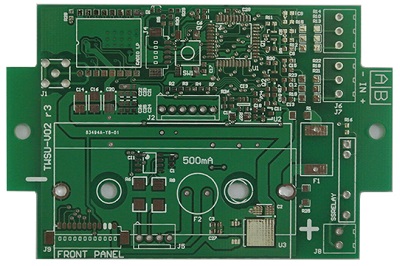 PCB
PCB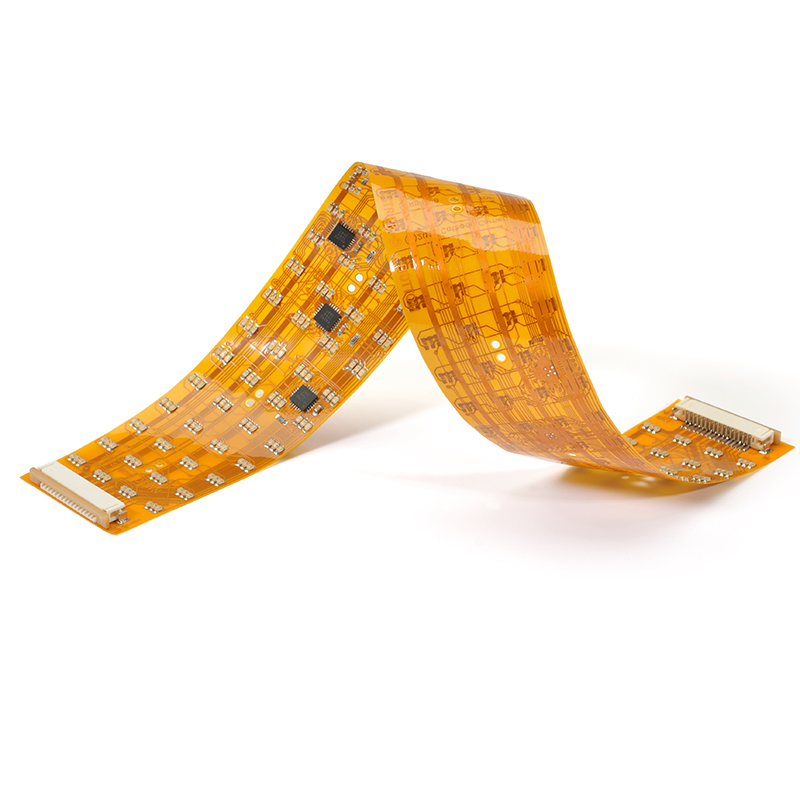 FPC
FPC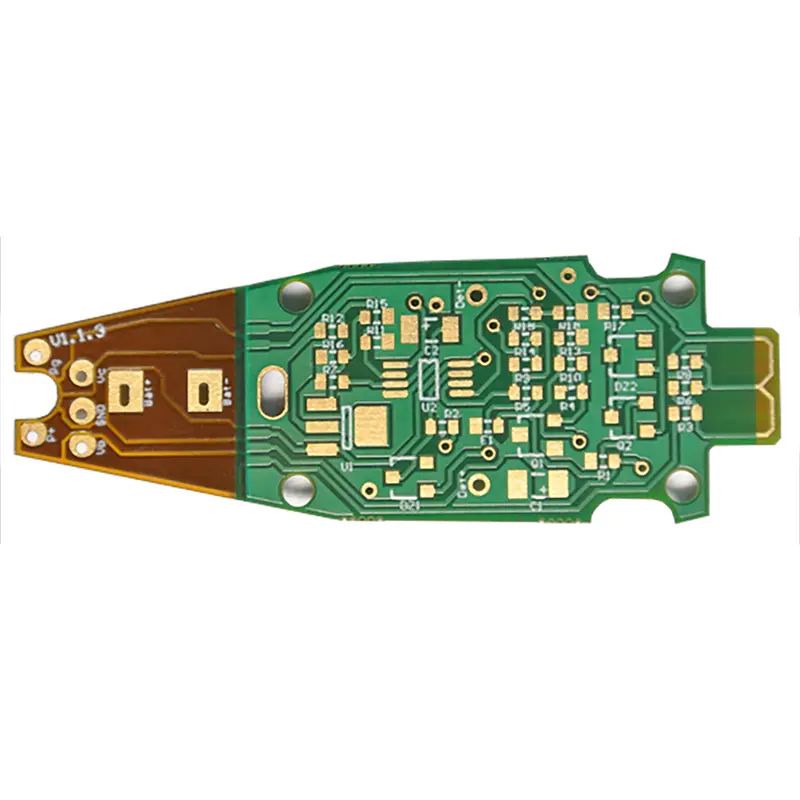 Rigid-Flex
Rigid-Flex FR-4
FR-4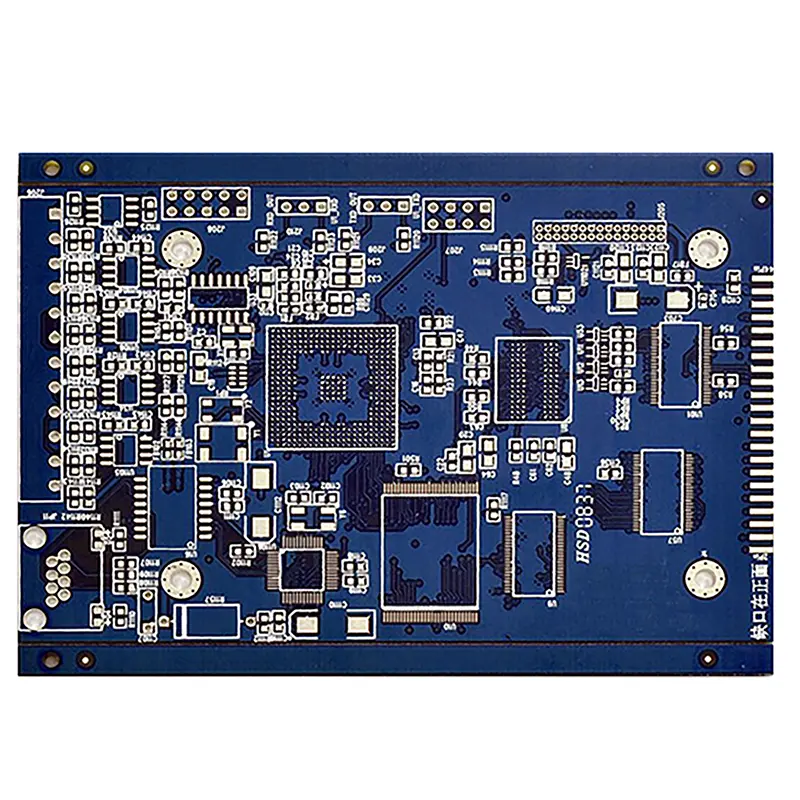 HDI PCB
HDI PCB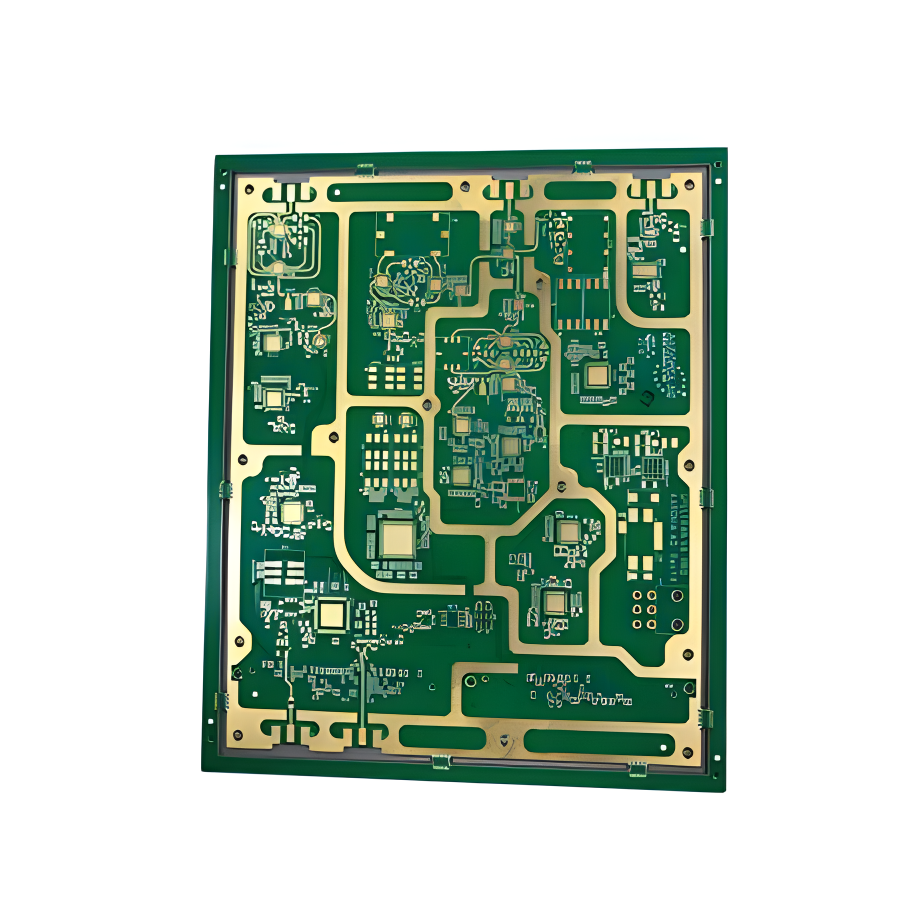 Rogers High-Frequency Board
Rogers High-Frequency Board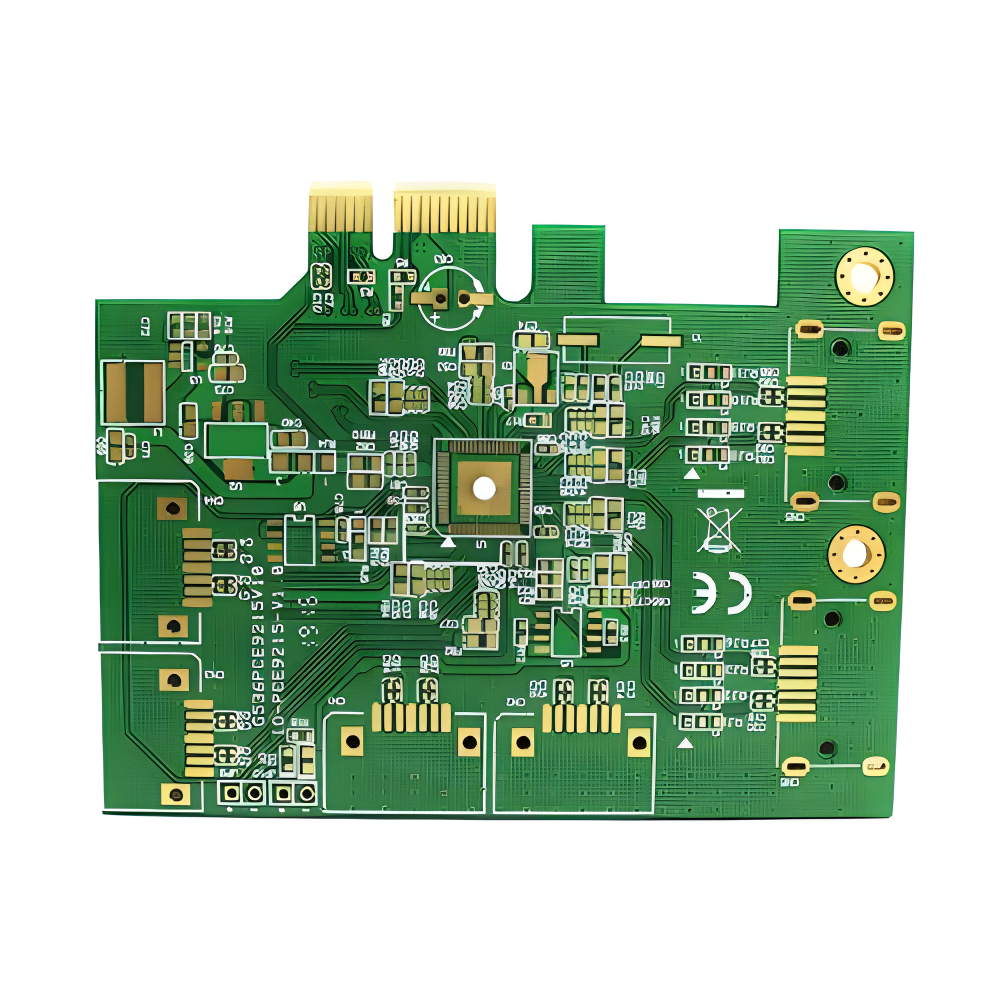 PTFE Teflon High-Frequency Board
PTFE Teflon High-Frequency Board Aluminum
Aluminum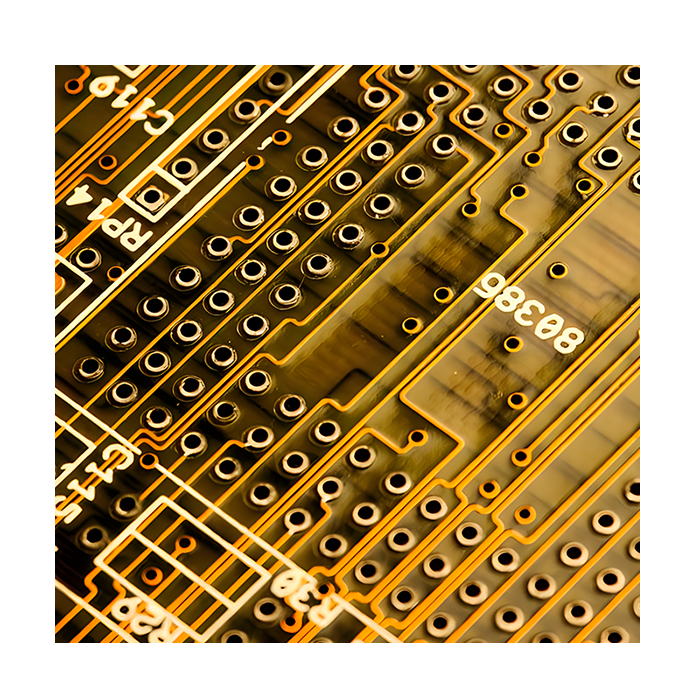 Copper Core
Copper Core PCB Assembly
PCB Assembly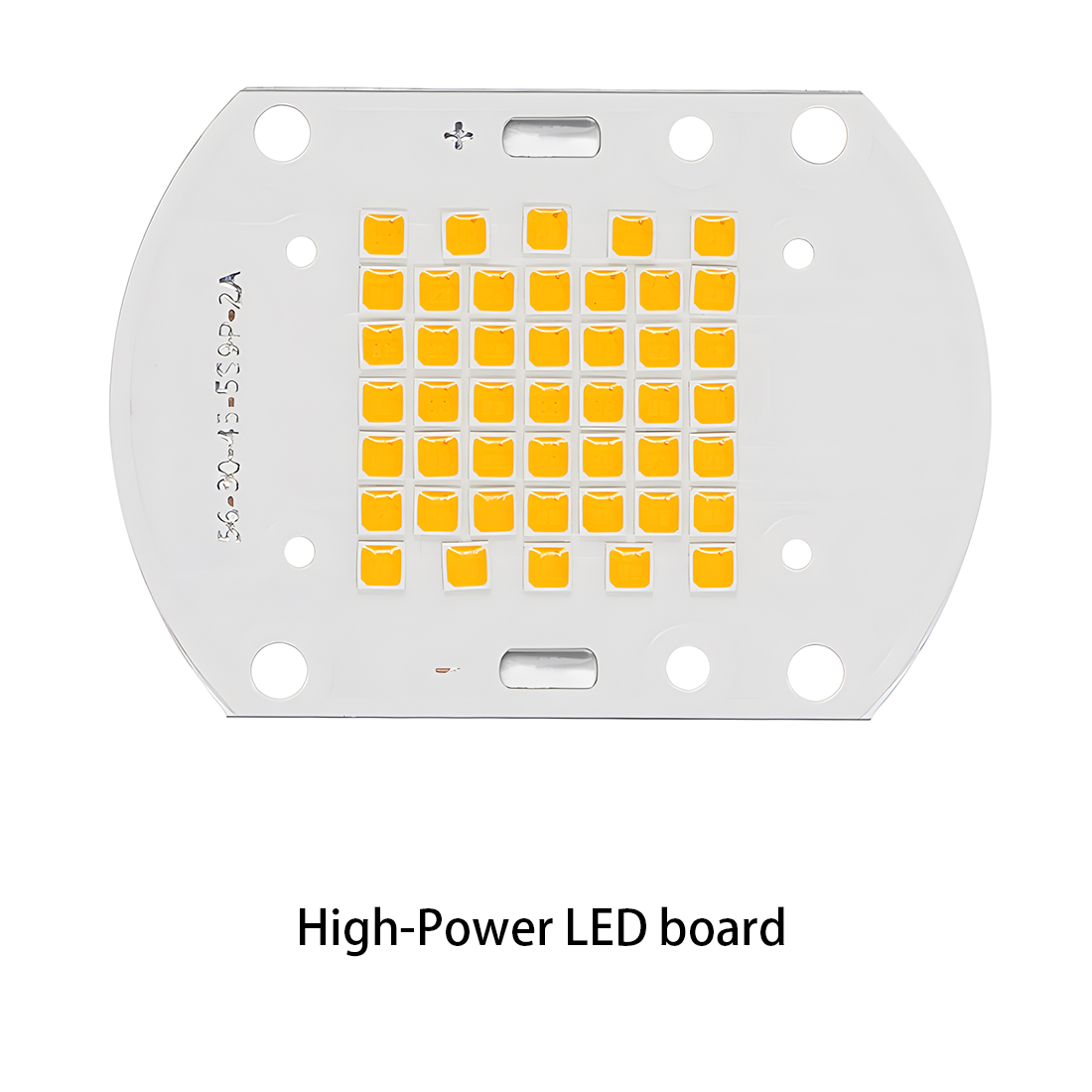 LED light PCBA
LED light PCBA Memory PCBA
Memory PCBA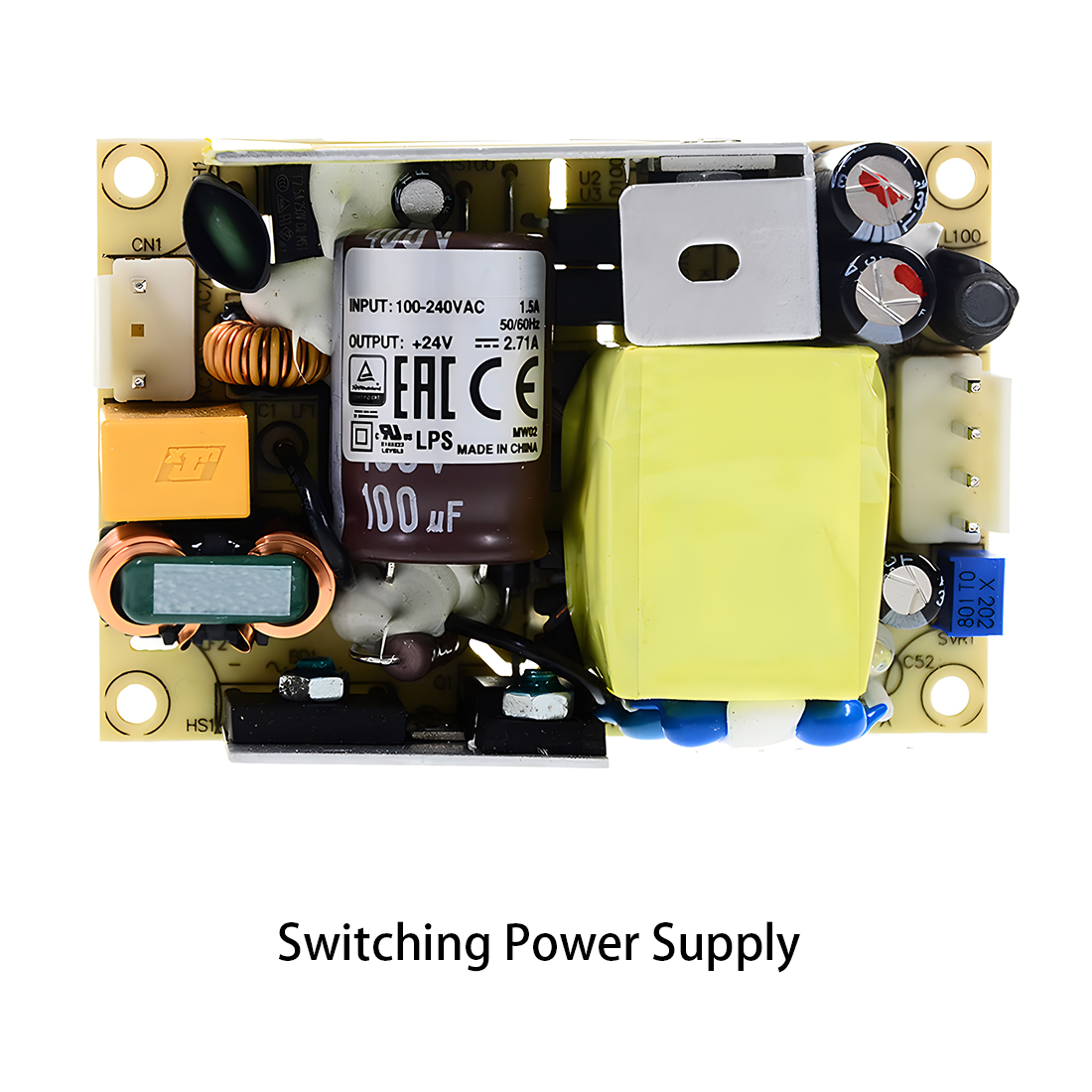 Power Supply PCBA
Power Supply PCBA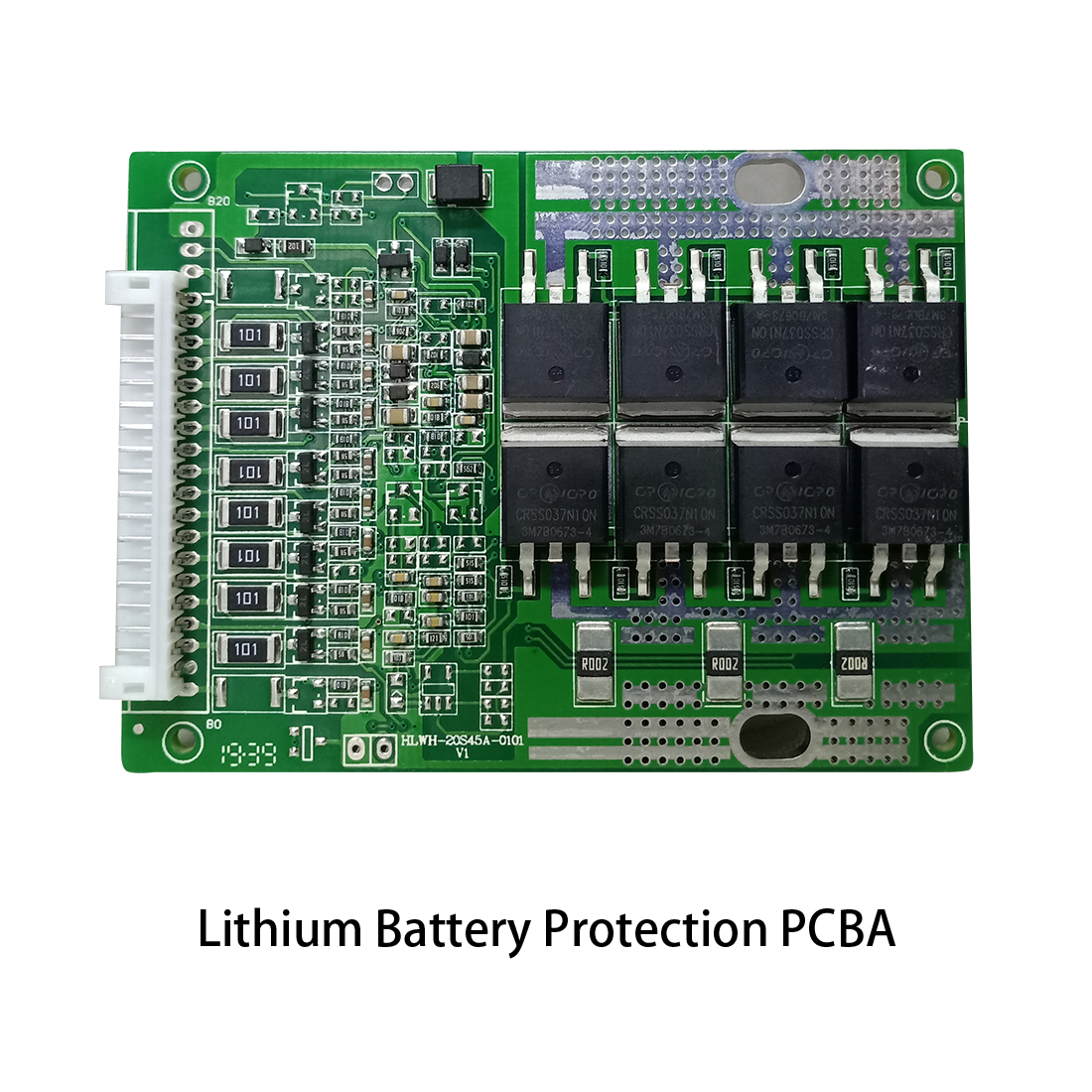 New Energey PCBA
New Energey PCBA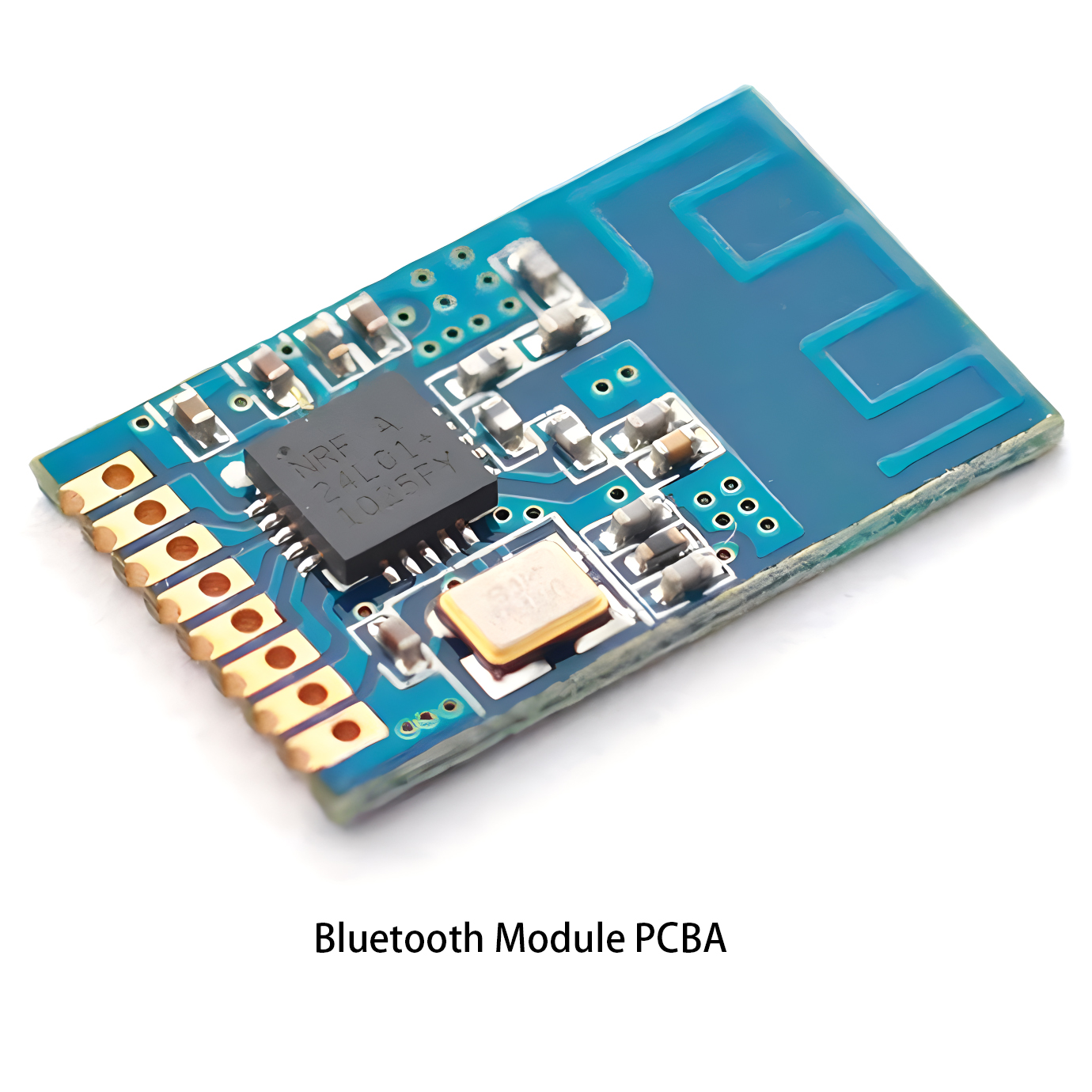 Communication PCBA
Communication PCBA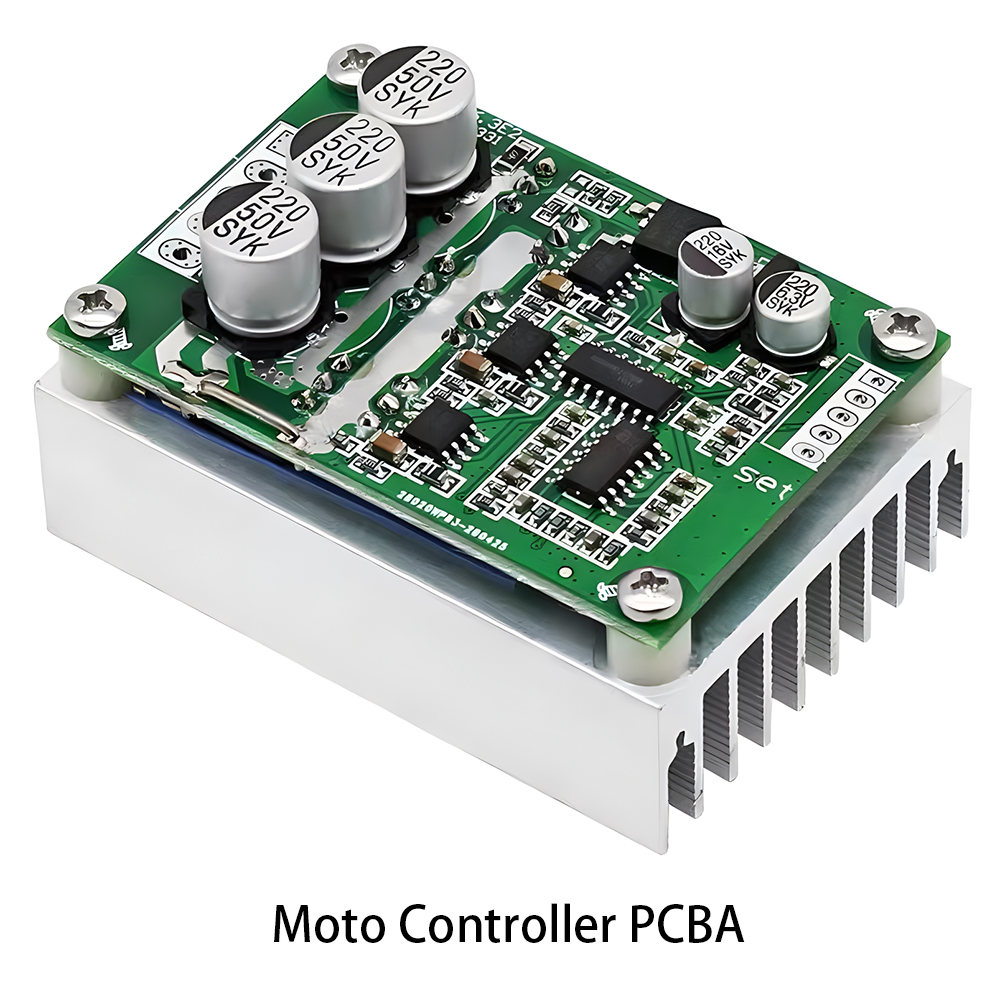 Industrial Control PCBA
Industrial Control PCBA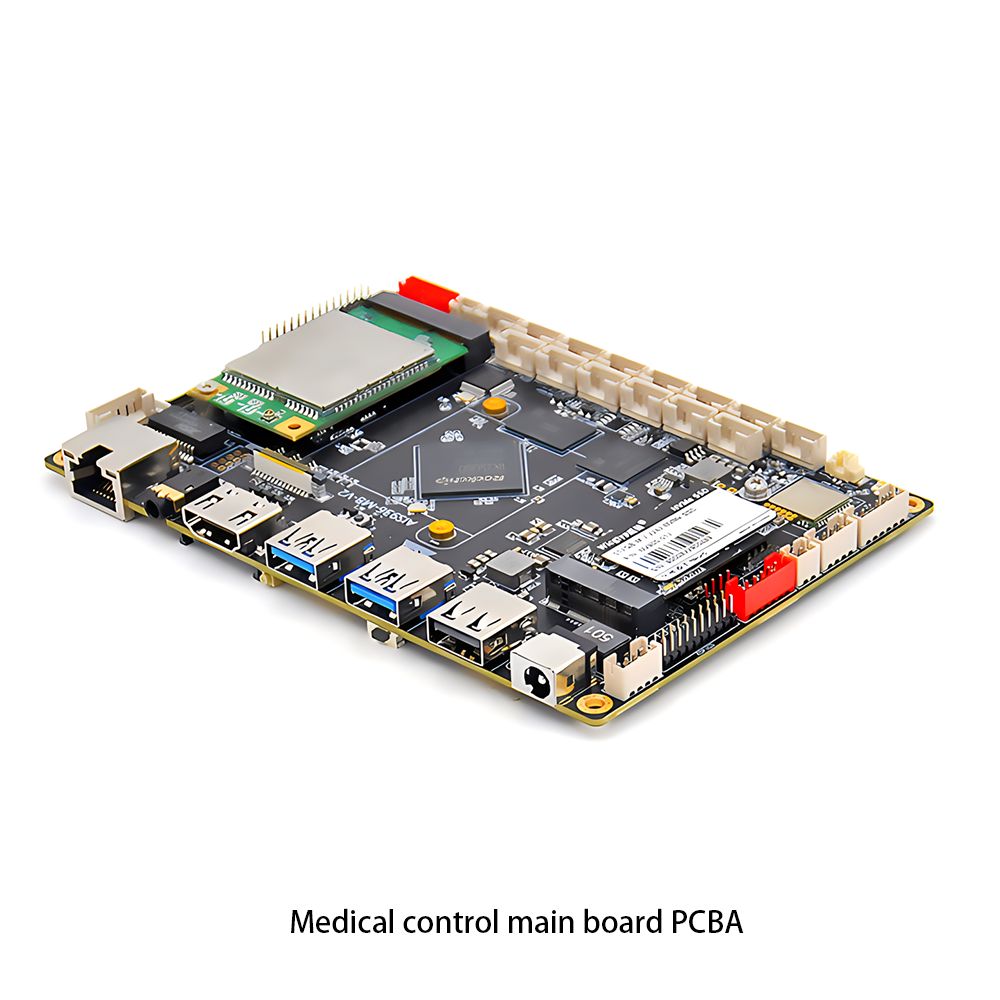 Medical Equipment PCBA
Medical Equipment PCBA Product Rebuild
Product Rebuild PCB Copy
PCB Copy IC Cracking
IC Cracking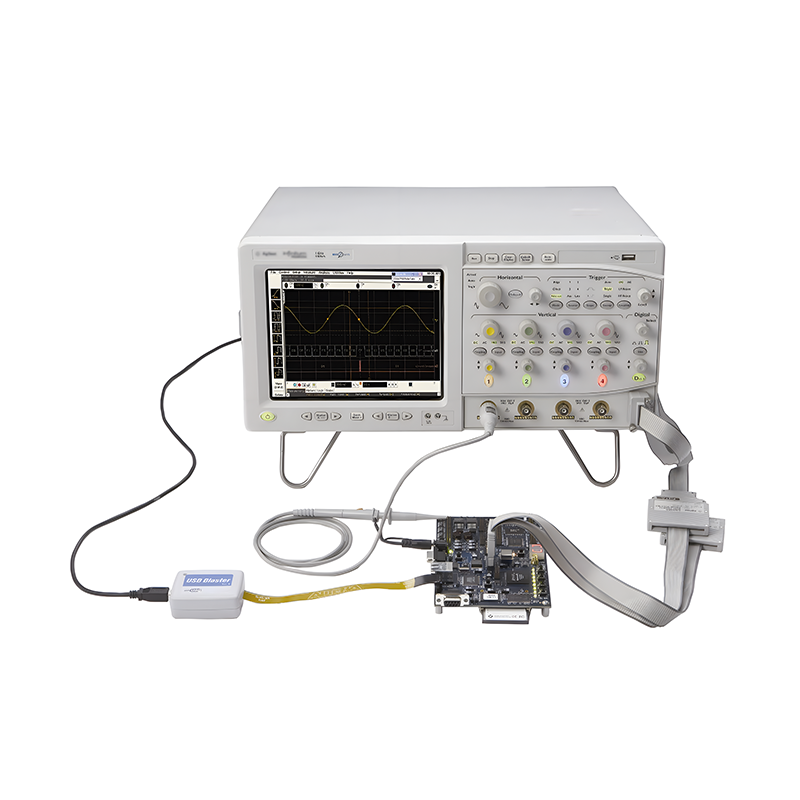 PCBA Testing Service
PCBA Testing Service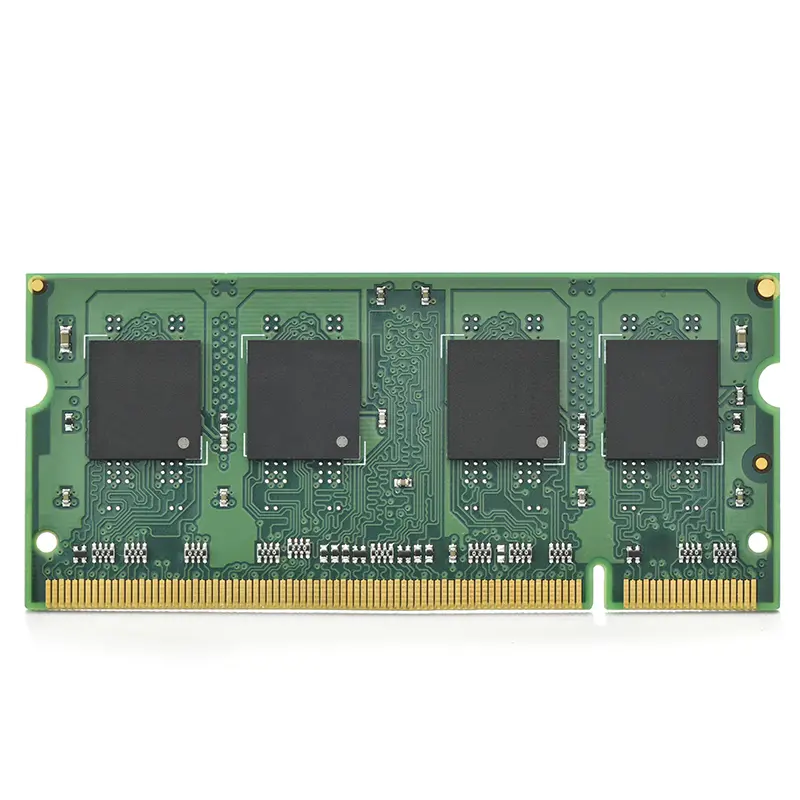 Certification Application
Certification Application RoHS Certification Application
RoHS Certification Application REACH Certification Application
REACH Certification Application CE Certification Application
CE Certification Application FCC Certification Application
FCC Certification Application CQC Certification Application
CQC Certification Application UL Certification Application
UL Certification Application Transformers, Inductors
Transformers, Inductors High Frequency Transformers
High Frequency Transformers Low Frequency Transformers
Low Frequency Transformers High Power Transformers
High Power Transformers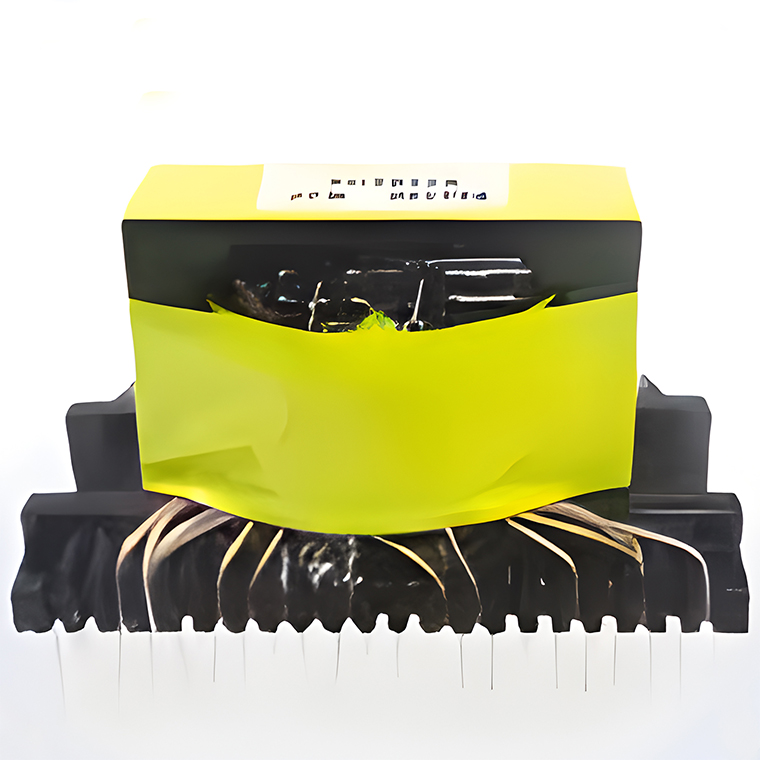 Conversion Transformers
Conversion Transformers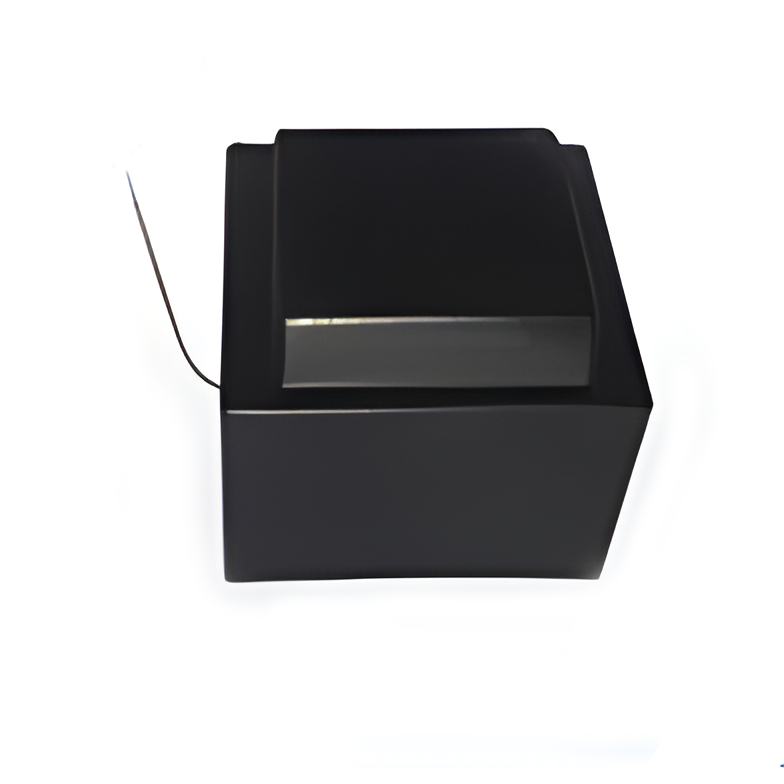 Sealed Transformers
Sealed Transformers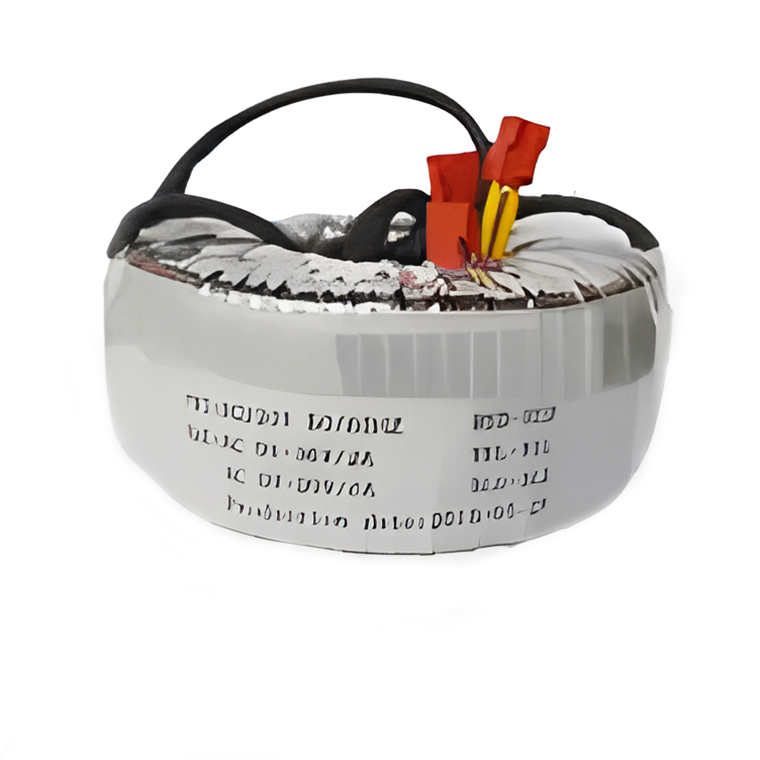 Ring Transformers
Ring Transformers Inductors
Inductors Wires,Cables Customized
Wires,Cables Customized Network Cables
Network Cables Power Cords
Power Cords Antenna Cables
Antenna Cables Coaxial Cables
Coaxial Cables Capacitors
Capacitors Connectors
Connectors Diodes
Diodes Embedded Processors & Controllers
Embedded Processors & Controllers Digital Signal Processors (DSP/DSC)
Digital Signal Processors (DSP/DSC) Microcontrollers (MCU/MPU/SOC)
Microcontrollers (MCU/MPU/SOC) Programmable Logic Device(CPLD/FPGA)
Programmable Logic Device(CPLD/FPGA)